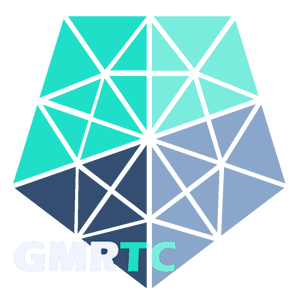There are numerous terms within the mining industry that we frequently encounter but often remain unsure of their meanings. When these terms are combined with topics commonly found in proposals and reports, comprehending the text becomes even more challenging. In such instances, the responses provided to the frequently asked questions below can assist you in identifying the issue at hand.
1. What is the Resource? What is Reserve?
2. What are JORC and NI 43-101? What are they for?
3. Why are JORC, NI 43-101, UMREK and similar reporting important?
4. What is Ore? Is every enrichment an ore? What is the limit?
5. Can geologists at all levels use 3D computer-aided design programs?
6. What is the “Ore Model”? Why is it necessary to do it?
7. What does geostatistics do? How to use?
8. What actually is the so-called “Nugget Effect”?
9. I want to sell my property / licence, what technical elements can I put forward that would make it easier?
10. Why is geology now more important in mineral exploration?
11. How should geophysics be used in the mineral exploration process?
12. Can remote sensing application be tried for every mineralization type?
13. Are coreyards(or core shacks, etc.) really that important?
14. “Spreadsheet” and data processing… Was “Excel” that valuable?
15. What is corporate governance? Is it costly? Is it worth the effort?
16. What is the purpose of quality management systems and documentation? How do they benefit us?
17. Is there any advantage to working on a server (network) system?
18. What is the importance of employee training, and what is the Dunning-Kruger Effect?
19. Does "cost reduction" work for every type of mining operation?
20. Is it impossible to acquire a "profitable mining license" from now on?
21. What is the status of metallic mineral potential within the borders of the Republic of Turkey?
22. Is mapping still necessary? What is the relevance of alteration for mineral deposits?
23. How important is it for us to understand the origin of the ore deposit we are exploring?
24. Should we keep drilling until we find it, or decide that this amount of drilling is sufficient?
25. We hired a newly graduated geological engineer or geologist. What should we expect from them?
26. We hired a senior geologist/geological engineer. What should we expect from them?
27. We assigned a sampler team. What should we expect from them?
28. We have done many drillings. How should we store the diamond drillhole core boxes?
29. What should I ask my geologists or drillers to pay attention to when examining drilling sites?
30. To what extent does the method of rock sampling in the field impact investment decisions?
No matter your mining investment requirements, commodity (Au, Cu, Pb, Zn, Fe, Sb, etc.), or mineralization origin, don’t hesitate to reach out to us. Let us listen to your needs, craft a roadmap for your goals, develop a strategy, and execute it together.
Explore our website for insightful articles on mining and exploration, concise answers to frequently asked questions in the sector.

GMRTC Mineral Exploration & Modeling & Operation Consultancy
Istanbul - Izmir - TÜRKİYE
SITE MAP
CONTACT US
Before quoting or copying from our site, you can contact info@gmrtc.com
All elements (texts, comments, videos, images) on the GMRTC website (www.gmrtc.com) are the property of GMRTC unless otherwise stated, and are published to provide insights to interested investors, professionals, and students. Any detail that may arise during your process will affect the subject matter you are interested in on this website; therefore, GMRTC (www.gmrtc.com) is not liable for any damages incurred. It is recommended that you consult experts with all your data before making any decisions based on the information provided.
